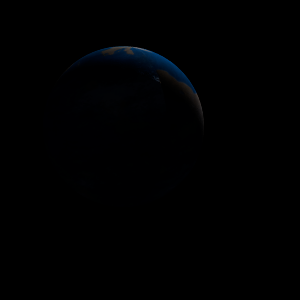|
|
Space Astro
|
Info for exoplanet "Kaymira Capoly"
| Scientific (actual) data |
|---|
| Name | Chi Vir c |
| Planet status | Confirmed |
| Mass sini | 3.1 |
| Orbital period | 130 |
| Semi major axis | 0.64 |
| Orbit eccentricity | 0.44 |
| Discovered | 2015 |
| Updated | 2024-06-12 |
| Publication | Published in a refereed paper |
| Detection type | Radial Velocity |
| Alternate names | HD 110014 c |
| Star name | Chi Vir |
| Right ascension | 189.81° |
| Declination | -8° |
| Mag v | 4.66 |
| Star distance | 90 |
| Star metallicity | 0.19 |
| Star mass | 2.17 |
| Star radius | 20.9 |
| Star sp type | K2III |
| Star age | 0.95 |
| Star temperature | 4445 |
| Star alternate names | HD 110014 |
| Wikipedia article | chi Vir c |
Back
| |
| Fictional info (?) |
|---|
| Suggested name | Kaymira Capoly |
| Planet type | Cold planet |
| It has the densest atmosphere of the cold planets, consisting primarily of nitrogen.
A prominent result is the "great blue spot", a giant storm that is known to have existed for centuries since it was first seen by telescope. |
| Atmosphere | Nitrogen | 42% |
| Formaldehyde | 27% |
| 2H2O | 21% |
| Carbon monoxide | 3.5% |
| Krypton | 2.7% |
| Ammonia | 2.4% |
| Atmospheric pressure | 80 bar |
 |
| No known satellites |
| Google search for Kaymira capoly |
|
Website by Joachim Michaelis
|
|
|
|